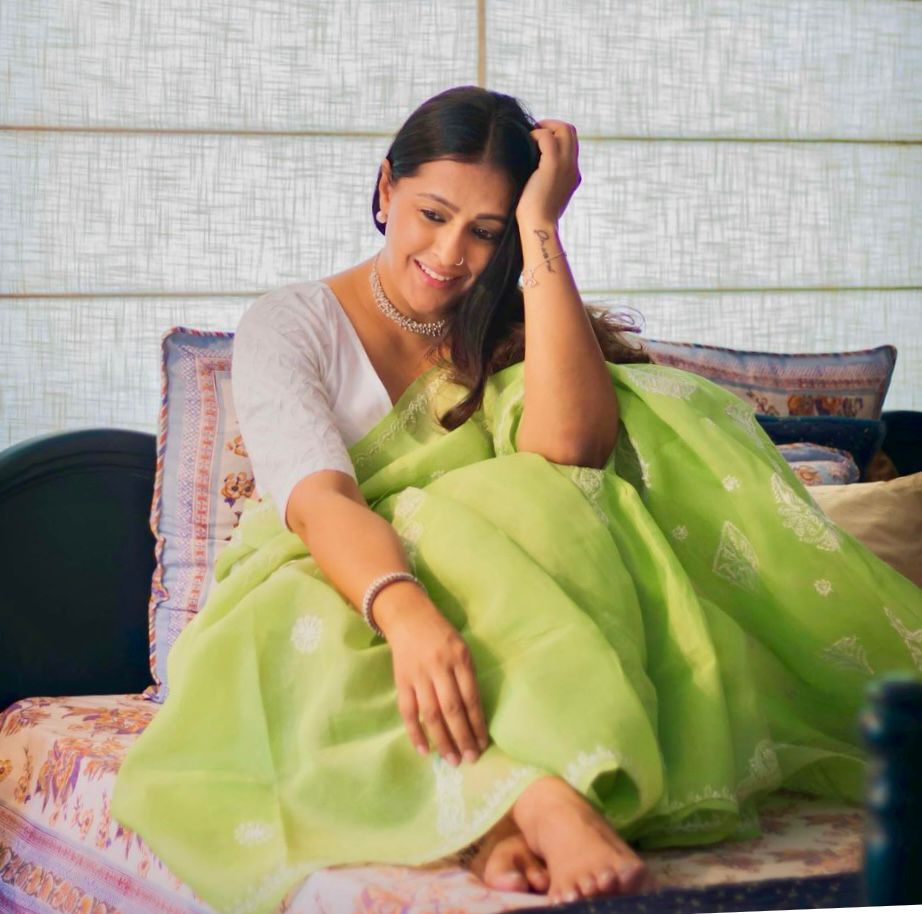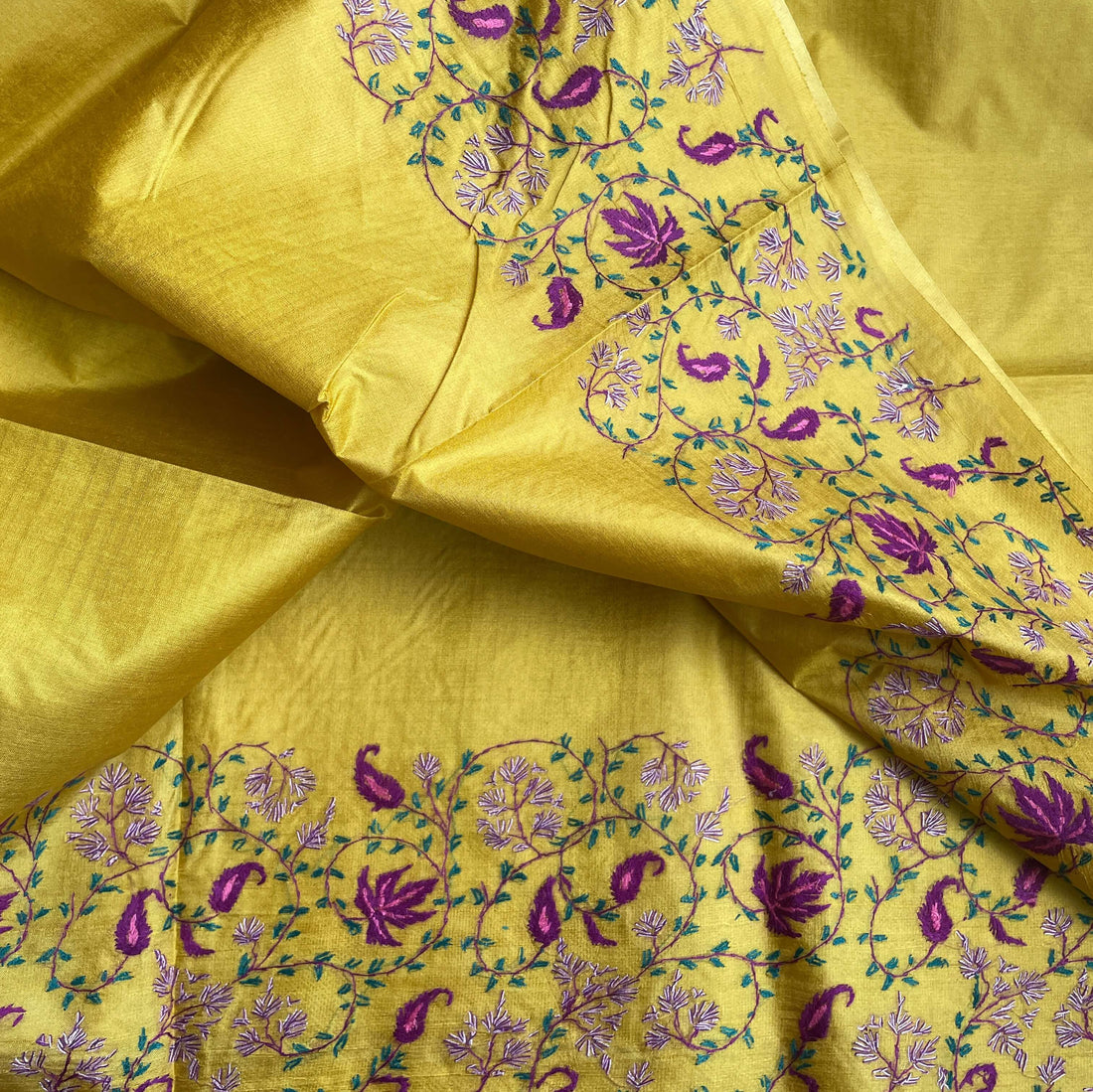Embroidery is more than just a craft; it's a living testament to India's history. Passed down through generations, it serves as a medium for storytelling, an expression of creativity, and a celebration of life.
From the icy embrace of the Himalayan valleys to the sun-drenched coastal towns, from the golden sands of Rajasthan to the lush green landscapes of Kerala, embroidery has been an integral part of Indian heritage for centuries.
In this blog, we will embark on a journey through the various embroideries of India, exploring the techniques, motifs, and cultural significance that make each style so unique.
Phulkari

Source: Google
Storytelling takes various forms, and one captivating narrative originates from Punjab in the art of Phulkari embroidery. Each stitch, pattern, and colour choice carries a meaning and narrative, often depicting folklore, religious motifs, or daily life experiences. Through Phulkari, Punjabi women have conveyed their emotions, aspirations, and beliefs, fostering a shared identity and community.
Applique

Source: Google
Applique, a Western art form, has found its way into India through trade interactions with Arabian or Middle Eastern cultures. It has been practised for a long time in Rajasthan and Orissa, with the Marwari communities excelling in Rajasthani Applique work. This art form draws inspiration from the Egyptians.
The craft of applique and cut work involves a multifaceted process that begins with drawing an outline on the fabric, meticulously cutting the motif with precision, and layering the base with another material.
Check out our Applique collection here.
Kantha

Source: Google
Kantha is a form of embroidery, skillfully crafted by rural women in the villages of West Bengal. In the authentic practice of Kantha embroidery, the fabric is covered with running stitches.
It is one of the oldest forms of embroidery in India, with roots dating back to the pre-Vedic period (prior to 1500 BCE). The term "Kantha" refers to both the running stitch style and the finished cloth. It is a craft practised by women of all ages.
Chikankari

Source: Google
Chikankari is an ancient and traditional embroidery technique that originated in Lucknow, India. Chikankari embroidery is said to be one of the most ancient and traditional embroidery techniques, with roots in the City of Nawabs. Because the word "Chikan" has different meanings in different languages, it is thought to be derived from various etymologies. For example, the word Chikan in East Bengal meant fine, whereas Chakin or Chakeen in Persian means creating delicate patterns on fabric. The entire process of creating a one-of-a-kind Chikankari saree takes one to six months.
Sozni

Source: Google
Sozni (also known as Sozan Kaari) is a popular needlepoint embroidery technique from the Kashmir valley. Sozni embroidery has been practised by Kashmiri artisans for nearly 500 years. It is primarily done in woollen and silk fabrics and is well-known for its use in Pashmina Cashmere shawls and jackets. The motifs are created in a satin stitch and are worked in the same way on both sides of the cloth, but in different colours at times.
Sozni embroidery is unique in that its complexity ranges from 5 stitches per cm to 500 stitches per cm. Sozni embroidery sarees are a symbol of the weaver’s perseverance, dedication, and hard work.
India's embroidery traditions are as diverse as its landscapes. Each region boasts its unique style, influenced by geography, climate, and cultural heritage.
Embroidery in India is not just about adorning textiles; it's a means of preserving stories, rituals, and traditions. It serves as a bridge between the past and the present, connecting us to our ancestors while providing livelihoods to countless artisans who skillfully wield their needles and threads.
Let us carry with us the appreciation of the artistry, the celebration of tradition, and the realization that within every stitch lies a world of stories waiting to be unravelled. The threads of Indian embroidery, lovingly woven, paint a picture of India that is as vivid and multifaceted as the nation itself. The canvas of culture is incomplete without these intricate brushstrokes.


